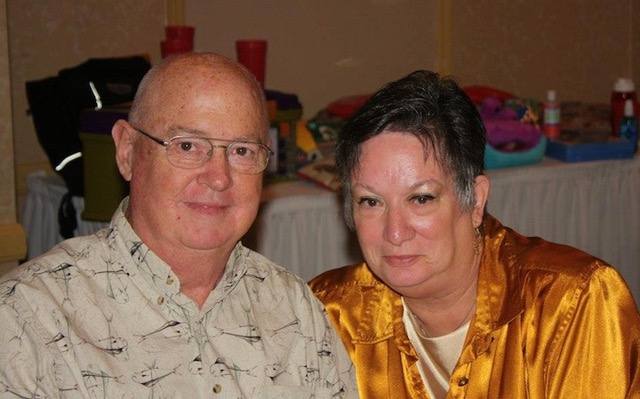Speaking out for stroke awareness


Ilah Breen was visiting her daughter in early April this year when she realized something was amiss. “I was knitting, and everything was fine. The next thing I knew, my knitting made no sense. The needles didn’t completely disappear, but they got blurry. And I couldn’t figure out what the yarn was,” recalls the 72-year-old retired teacher from Orange Park, Florida.
Ilah called to her husband of 49 years, Bill Breen, a former police officer, who was sitting nearby. Or rather, she thought she did.
“I heard her make a funny sound, and when I asked if she was OK, her speech was garbled,” says Bill. “Having been a police officer in a small town in California, I knew all the various symptoms that people might have with a stroke. I immediately called 911.”
On average, someone in the U.S. has a stroke every 40 seconds. A stroke occurs when the blood supply to part of the brain is interrupted.
More than 795,000 people in the U.S. have a stroke each year, according to the Centers for Disease Control and Prevention. Stroke remains one of the leading causes of death in the U.S. and a major cause of serious disability for adults.
Because a stroke limits brain tissue from getting oxygen and nutrients, brain cells begin to die in minutes. Prompt treatment is crucial.
Within minutes of Bill’s call, paramedics were transporting Ilah to the Comprehensive Stroke Center at Mayo Clinic in Florida, where a team of cerebrovascular specialists was standing by to assess her and expedite treatment.
“I’ve never been so terrified in my life,” says Ilah. “It was so scary that I wasn’t able to communicate. But at the hospital I remember a voice telling me, ‘Don’t worry, you’re safe.'”
In less than an hour from the time her symptoms began, Ilah was in surgery, where doctors used a catheter-based technique called thrombectomy to remove a large blood clot from a blood vessel in her brain. Her voice returned almost immediately.
Today, the grandmother of six has no deficiencies. She has spoken to different groups about her experience and has become an advocate for knowing the signs of stroke.
“I always tell people to make sure you and everybody who loves you know the signs of a stroke. And if you start experiencing the signs that something may be wrong, no matter how inconsequential they may seem, call 911.”
The most common symptoms of stroke include difficulty talking, walking or thinking; sudden vision changes, including blurred or blackening vision; sudden, severe headache; or numbness or paralysis, especially on one side of the body.
